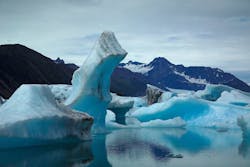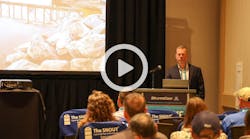Researchers Explore Permafrost Coastal Erosion in the Arctic
A new study by researchers from Pennsylvania State University explored permafrost coastal erosion in the Arctic. The study, funded by a four-year National Science Foundation grant, worked to identify challenges and possible solutions to aid coastal communities impacted by erosion.
“We know that permafrost coastal erosion is happening and the effects it’s having on the towns and indigenous people,” said Lead Researcher Ming Xiao. “And a solution is imminently needed.”
Xiao collaborated with 25 other researchers with expertise in social science and natural science disciplines as well as in civil and environmental engineering. The team of researchers held in-depth brainstorming sessions at a two-day workshop in Fairbanks, Alaska, before eight team members visited Barrow, Alaska, a town that is often called “ground zero for climate-change science,” a term coined by the former North Slope Borough Mayor Edward Itta. According to a Penn State press release, there are 31 Alaskan villages that face an imminent threat from permafrost coastal erosion.
“In some places the erosion was as much as 80 meters a year,” said Xiao, citing recent studies. “That means 80 meters of land permanently lost to the sea. Since many villages are located by the coast, there are homes in the towns that are being threatened, and some houses are literally collapsing into sea.”
While the study still is in the early stages of investigation, Xiao and his team hope that the results will ultimately provide possible solutions for the villages that face the threat of erosion and possible relocation.


